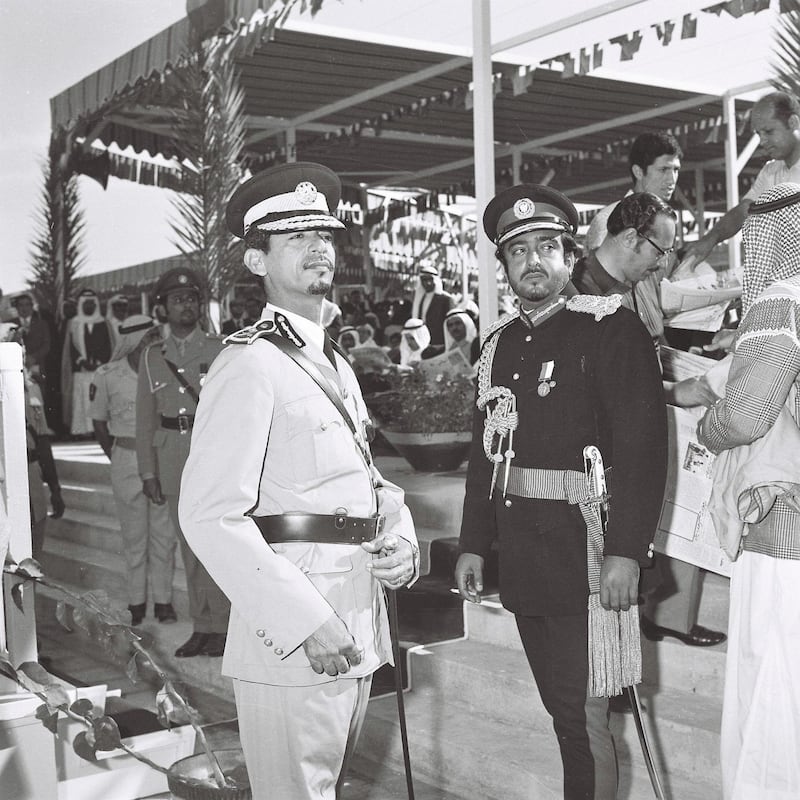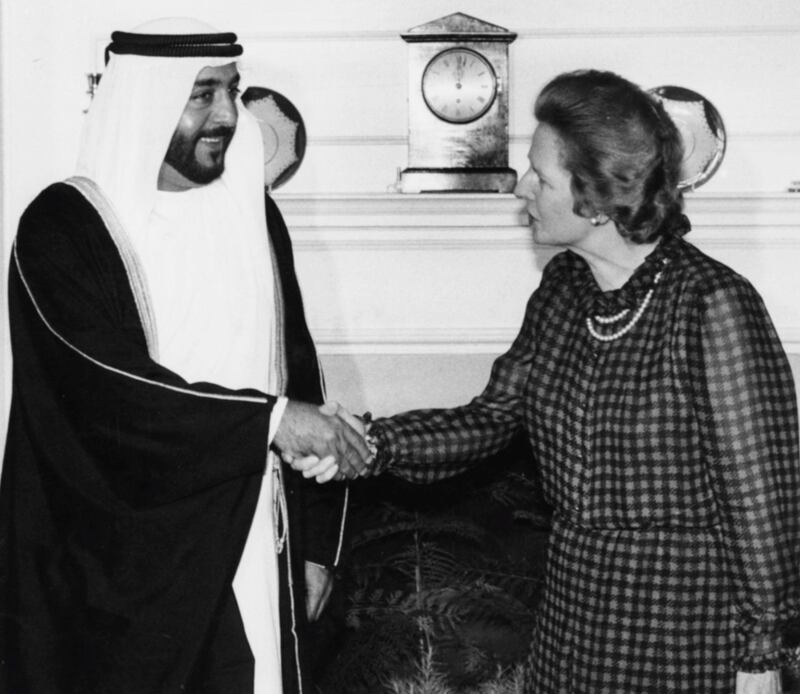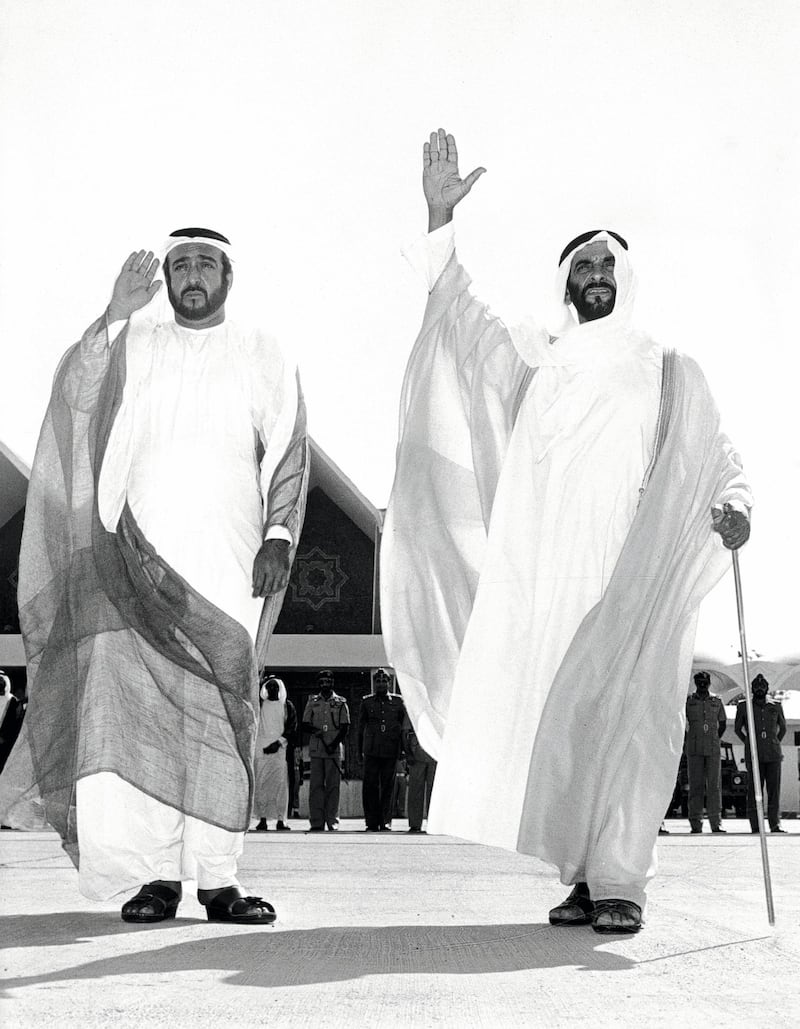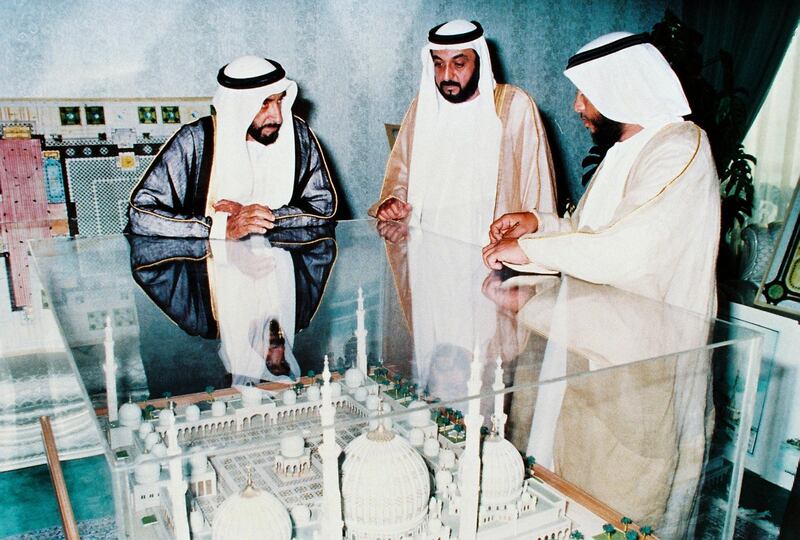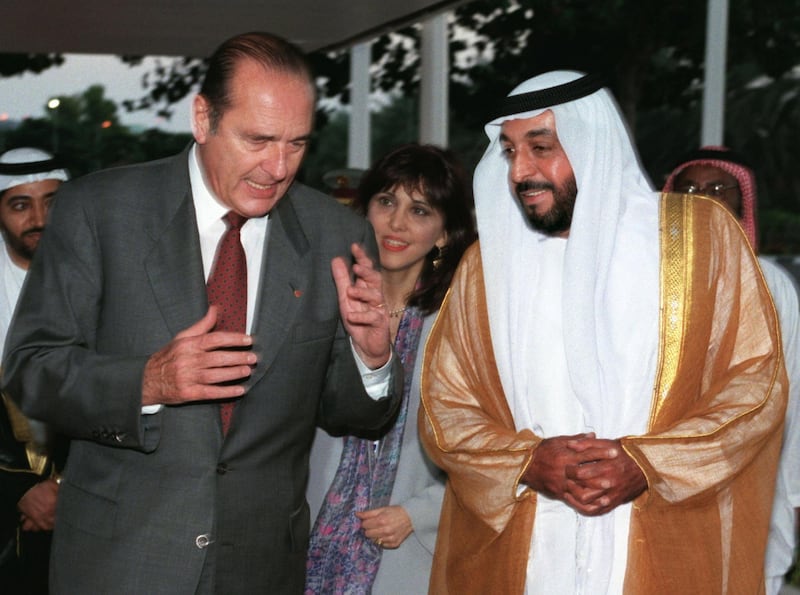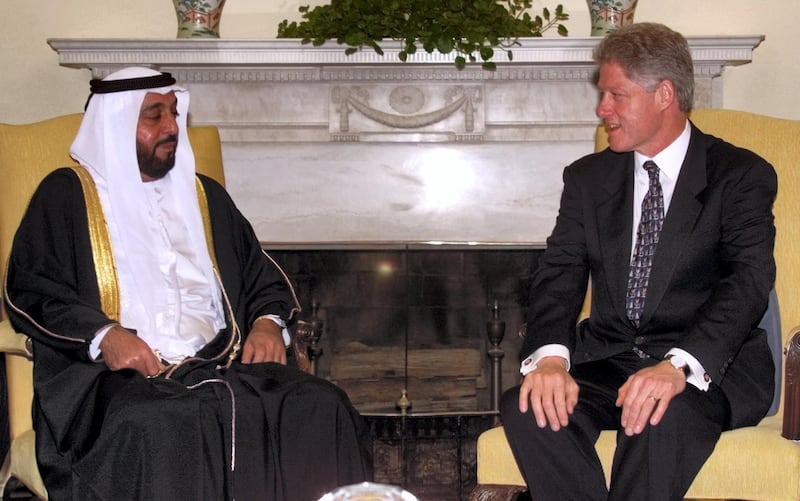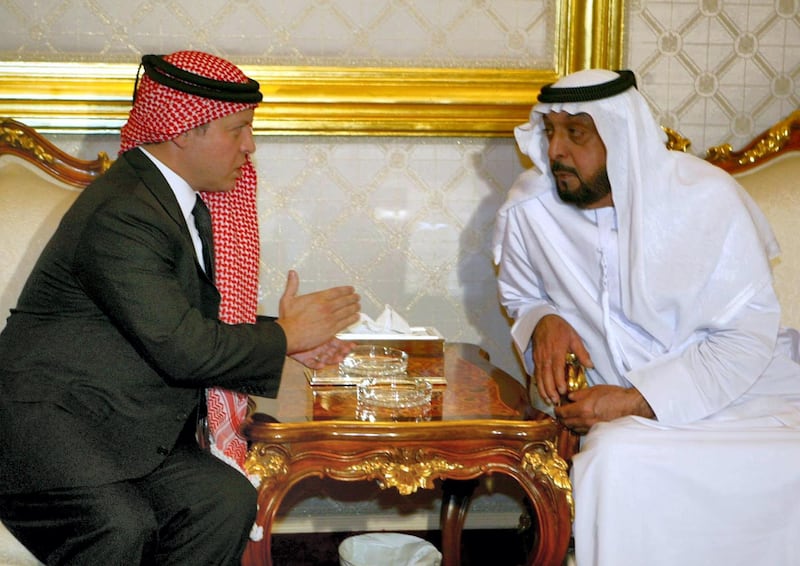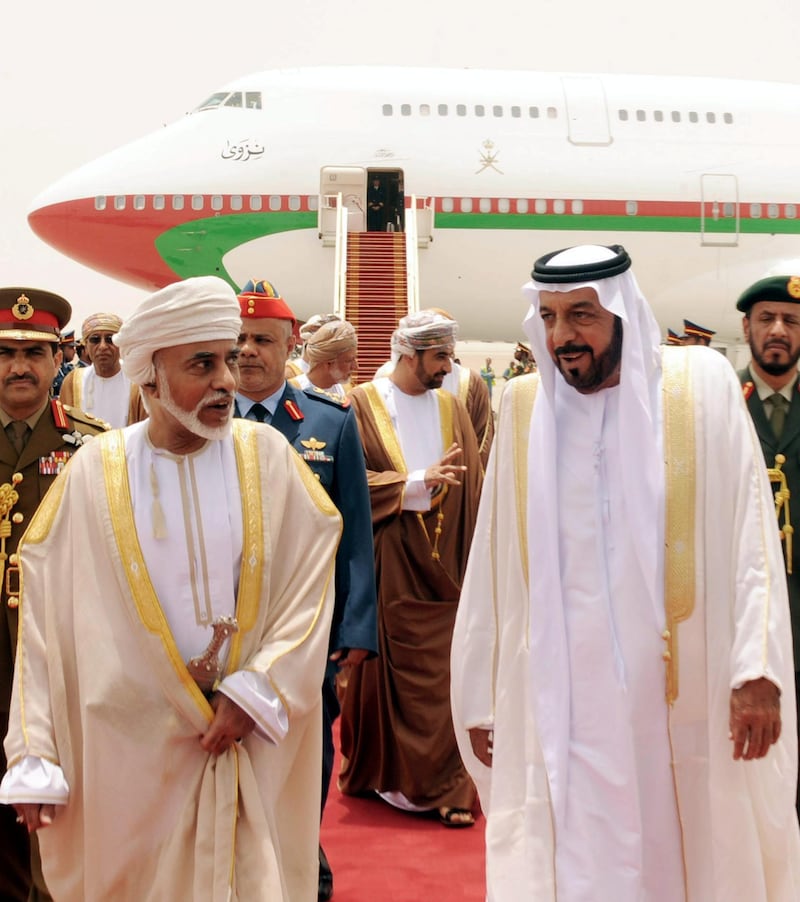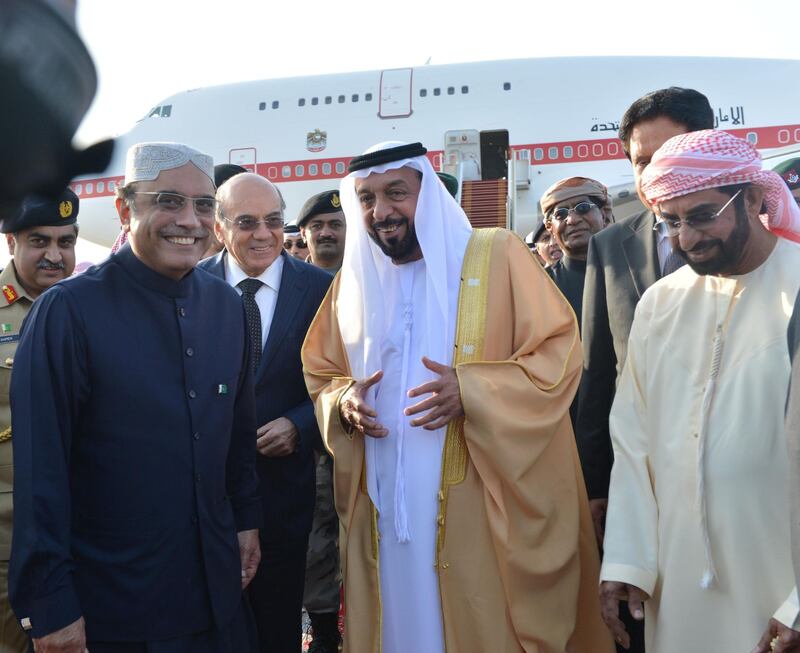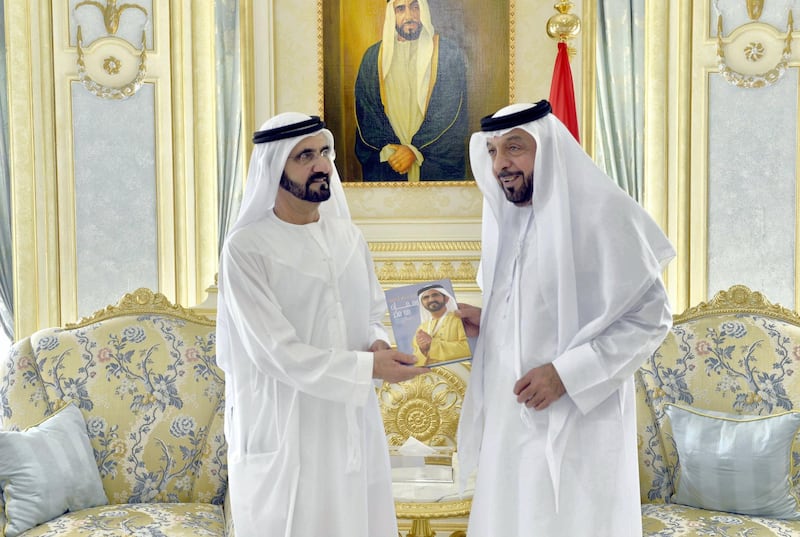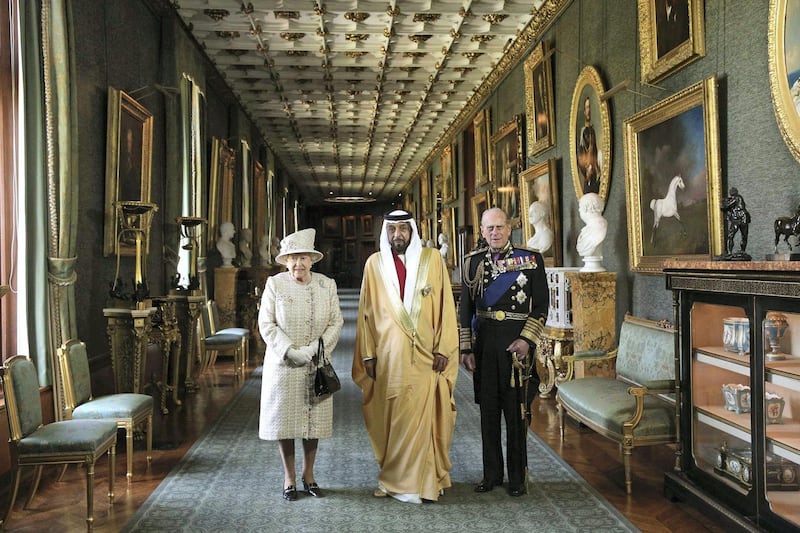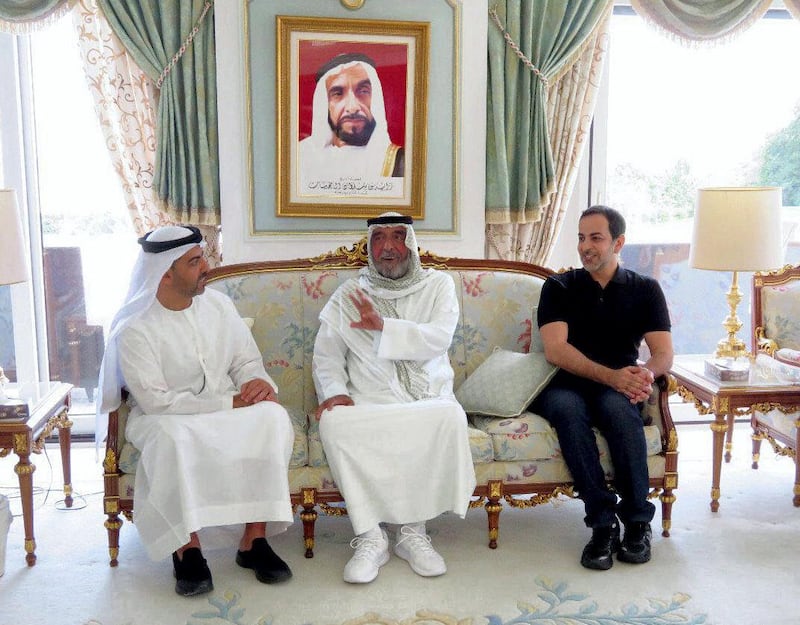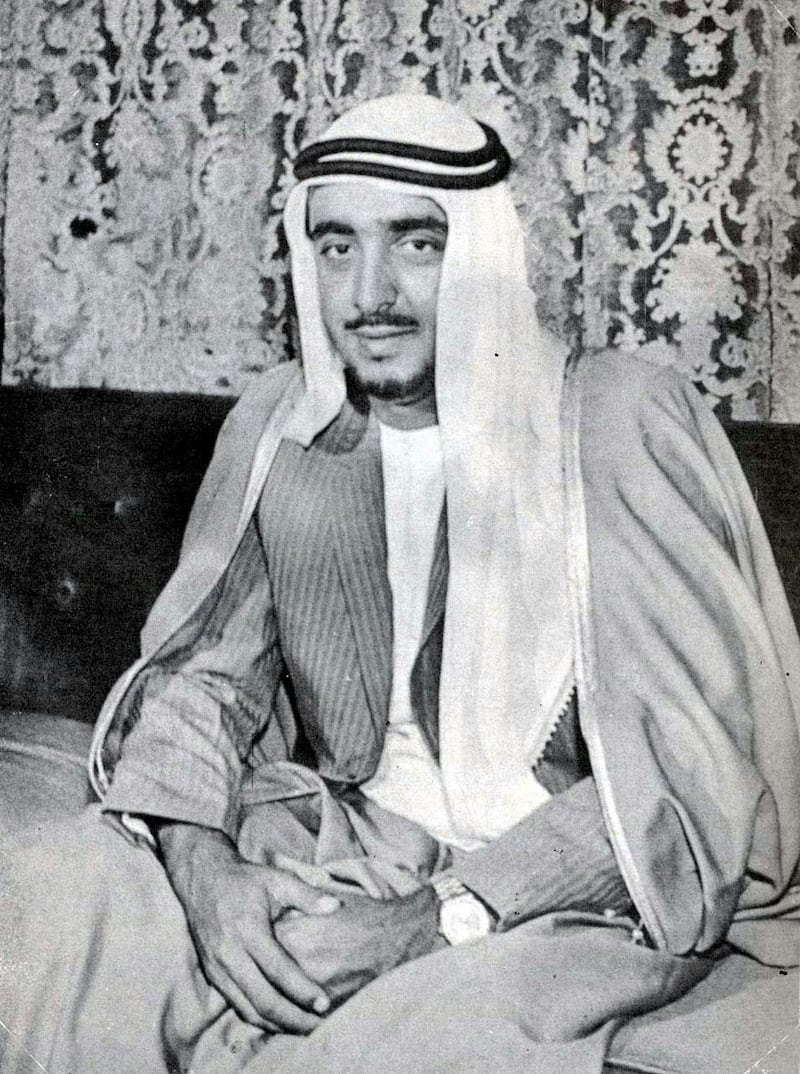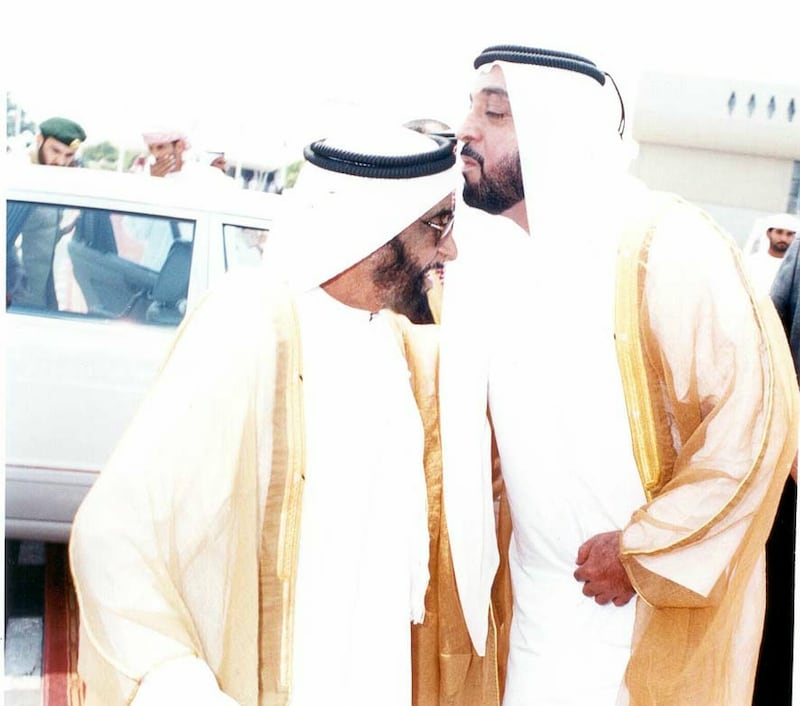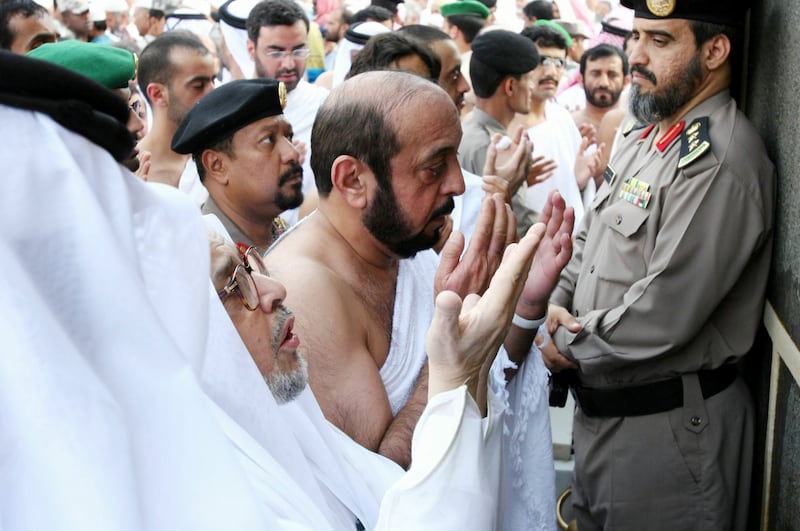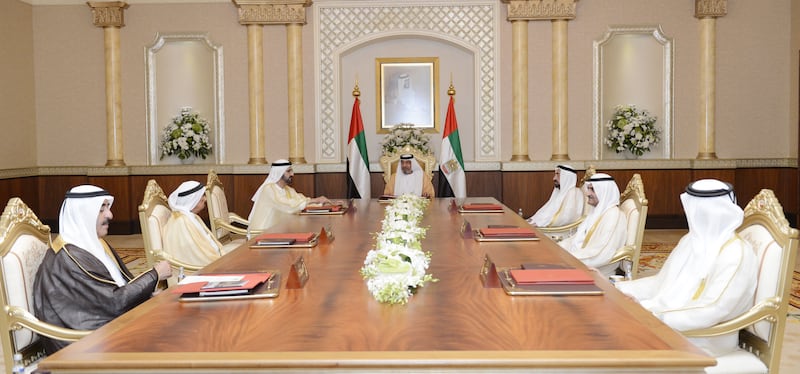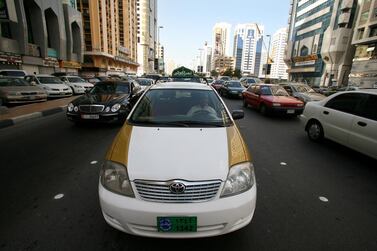The UAE is a country where time often seems to move at an accelerated pace.
After all, it only came into existence in 1971 thanks to Sheikh Zayed.
Yesterday marked the anniversary of the Founding Father’s death in 2004. And today is Flag Day, when the nation remembers his groundbreaking work and commemorates Sheikh Khalifa’s succession as president.
In the 15 years since, the UAE’s development has continued apace. Cities such as Abu Dhabi and Dubai are a testament to the physical changes, but even the smaller emirates are also almost unrecognisable from 15 years ago.
In part, this is a reflection of astonishing economic growth and the swelling population that this had brought, estimated at four million in 2004 and pushing towards 10 million today. Dubai’s population alone is now more than three million.
Abu Dhabi and Dubai have pushed outwards, creating suburbs such as Arabian Ranches, The Greens and Khalifa City, all empty desert in 2004.
To serve those who live there has required an equally dramatic expansion of services.
These include new hospitals, such as Cleveland Clinic Abu Dhabi – a state-of-the-art medical facility that began treating patients in 2015 – and world-class centres of learning typified by New York University Abu Dhabi, complete with its campus on Saadiyat Island that draws students from all over the world.
These great institutions serve not just the local population, but are an impressive statement of the country’s increasingly visible global role.
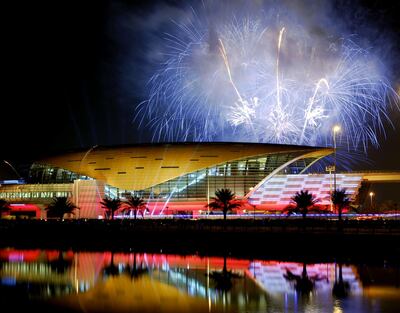
Dubai Metro, which opened in 2009, continues to expand, now heading towards the site of Expo 2020 Dubai, an event that represents the world’s excitement and appetite for anything staged in the UAE.
So it is also with the Abu Dhabi Grand Prix, now celebrating its 10th year, the FifaBuildings like the Club World Cup, and the Special Olympics World Games, staged in Abu Dhabi only this year.
That the UAE can now host these great events, is a sign that the world recognises the country’s sophisticated infrastructure, with luxury hotels such as Abu Dhabi’s Emirates Palace, which dates back to 2005 – and the glamour and allure of shopping in The Dubai Mall.
All have played their part in making the UAE a magnet for world travellers.
Burj Khalifa, named in honour of the President in 2010, and Sheikh Zayed Grand Mosque, have become symbols of the country, as representative of the UAE as the Eiffel Tower is to Paris or St Paul’s Cathedral to London.
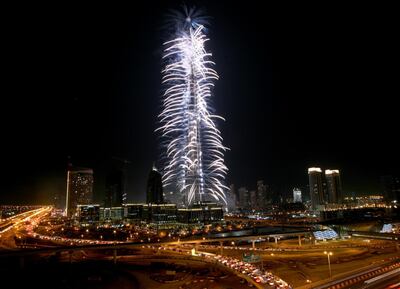
The UAE’s leaders have, since 2004, followed a strategy to reposition the country for the 21st century and beyond.
This intricate jigsaw means that visitors arrive on one of two national airlines, Emirates, the largest operator of the world’s largest passenger jet, and Etihad, whose route network has grown from the inaugural flight to Al Ain to more than 70 international destinations.
While Dubai wows with glitz and glamour, Abu Dhabi offers a different pace, with a distinct cultural bent, as represented by the opening of Louvre Abu Dhabi in November 2017.
Sharjah continues to grow as a hub for the arts.
In 2008, the expansion of the Sharjah Museum of Islamic Civilisation opened, adding to the many cultural bases and foundations in the emirate.
The Northern Emirates have also emerged as tourism hot spots, with resorts along the coast line attracting travellers.
Federal investment in the Northern Emirates accelerated after a 2011 tour by Sheikh Mohamed bin Zayed, Crown Prince of Abu Dhabi and Deputy Supreme Commander of the Armed Forces.
Sheikh Khalifa ordered the construction of hundreds of kilometres of roads, an immediate investment of Dh5.7 billion to water and electricity infrastructure, and housing for tens of thousands of families.
Cities expanded and new motorways connected the emirates. The 36-kilometre Jebel Jais Road opened the country’s tallest mountain to the public in 2013. The RAK Ring Road, under construction, would connect cities and industry in northern Ras Al Khaimah to the 611, cutting the distance to Abu Dhabi and Dubai and putting an end to the industrial traffic that had crippled the central area of Ras Al Khaimah city.
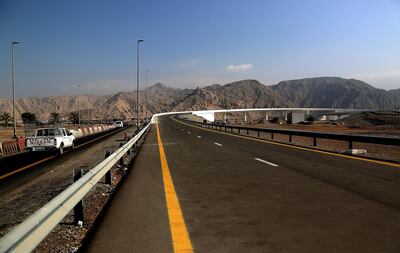
Fujairah has also been transformed with the development of housing projects, infrastructure and tourism and oil jobs.
It became home to the world’s second-largest bunkering port, Fujairah Port, and the site of the country’s first protected national park, Wadi Wurayah National Park.
In 2015, the second-largest mosque in the country, Sheikh Zayed Mosque opened its doors in Fujairah while one of the major improvements was the launch of the Fujairah 2040 plan with new roads, housing complexes and the expanding port and airport.
This vision of the UAE in the wider world has a more profound objective than a five-star rating on TripAdvisor. It recognises that, as the country grows, it matures, and accepts that with greater visibility comes greater responsibility.
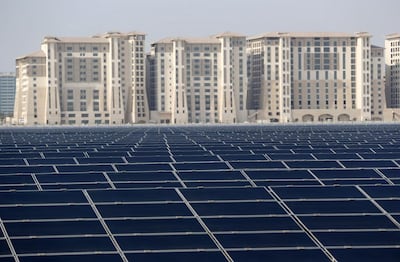
Since 2015, Abu Dhabi has been home to the UN’s International Renewable Energy Agency, located in Masdar City, operating since 2009 as a pioneering research centre for alternative energy technologies.
The generosity of the UAE has been felt all over the world, with recipients this year ranging from victims of a hurricane in Texas to those of floods in Iran.
These responsibilities have not been without cost. The UAE ambassador to Afghanistan was killed in a bomb blast in Kandahar two years ago.
Dozens of Emirati soldiers have laid down their lives in the fight to restore the legitimate government in Yemen.
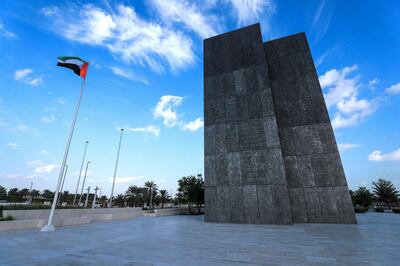
Their sacrifice is honoured at the Wahat Al Karama memorial, opened in Abu Dhabi in 2016. Meanwhile thousands of young Emiratis have stepped forward to play their part in the nation’s security, after the introduction of national service in 2014. Both women and men are in uniform. They include the UAE’s first female fighter pilot, Mariam Al Mansouri, leading air force strikes against ISIS extremists in 2014.
Often defying outsiders’ stereotypes about the role of females in an Arab Muslim country, women have played an increasingly visible role over the past 15 years. They will make up half of the Federal National Council once the remaining members are appointed by each emirate’s ruler.
Economically, the country is increasingly preparing for a time when it is not sustained by the revenue of oil and gas.
New industries have emerged, with Emiratis encouraged to play an ever greater role. They represent over half of the employees at the Emirates Nuclear Energy Corporation, as the UAE’s first nuclear power station enters the final stages of commissioning.
Next year the country will launch Hope – the Emirates mission to Mars that will be the first by an Arab country. Hope, which will survey the Martian climate, is entirely designed and built by Emiratis.
Technology is a part of everyone’s life at the most fundamental level since 2004.
Routine tasks such as utility payments, road tolls, government services – things that 15 years ago might have required lengthy visits to crowded offices – are now completed with a few clicks of a mouse or, more often, just a touch of a smartphone screen.
This is life, today in the UAE on November 3, 2019, with the promise of a future even brighter than the glowing memories of the past.
The question might be not how much life has changed since 2004, but how much more it will in the next 15 years.
